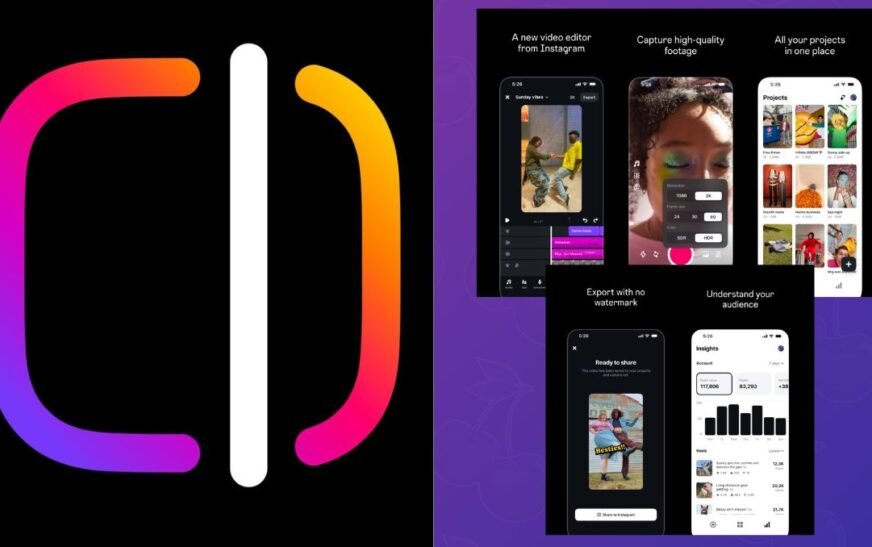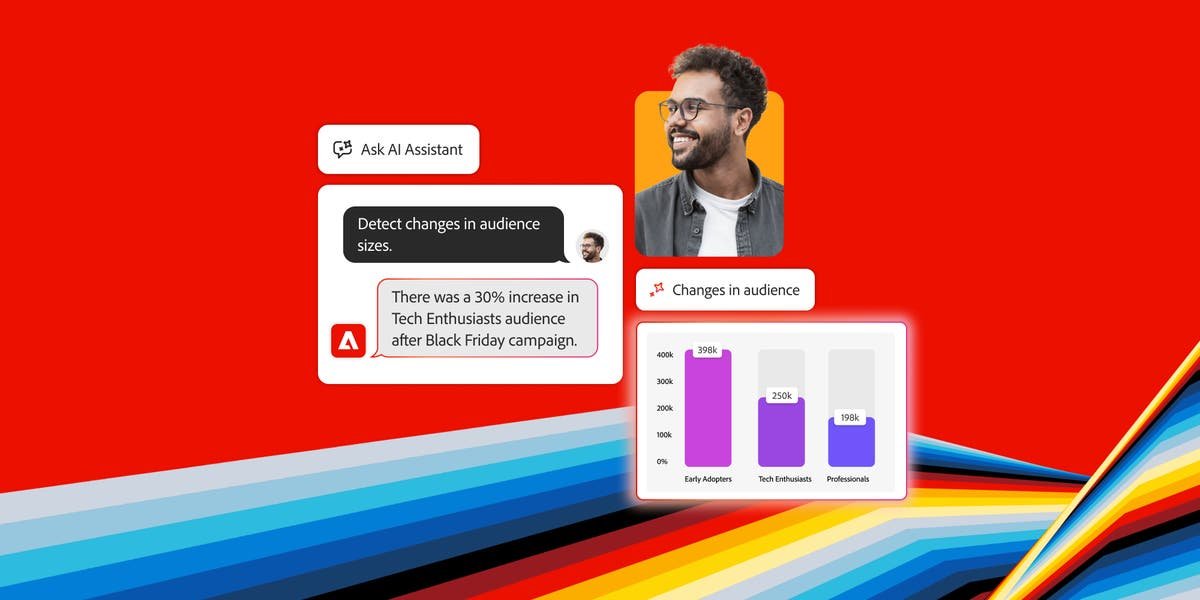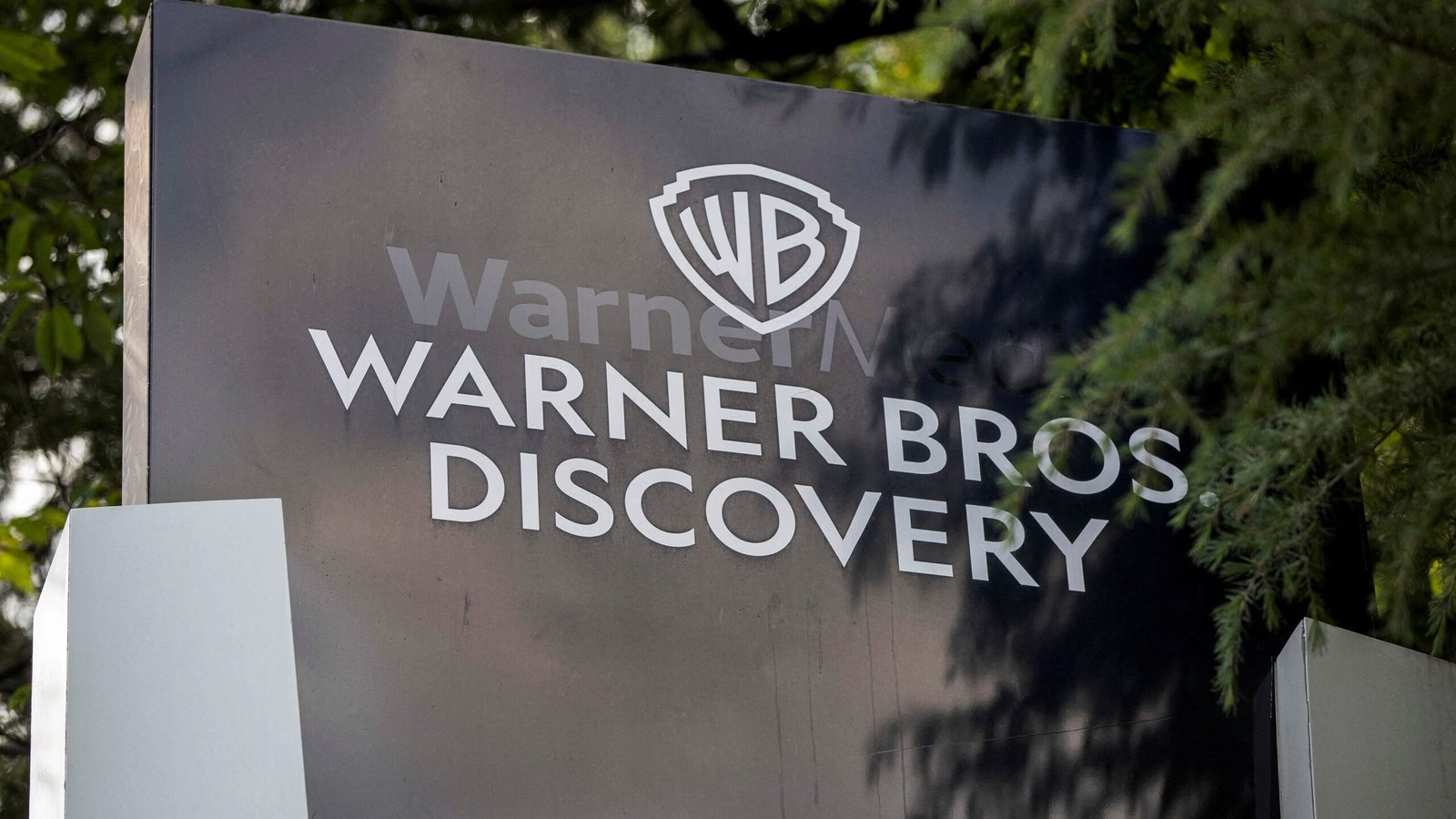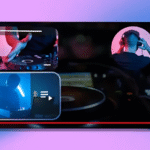As the digital advertising landscape becomes increasingly complex, The Trade Desk is stepping up with a powerful solution: a new AI-powered assistant designed to identify and optimize underperforming ad campaigns in real time.
Announced in June 2025, the tool aims to improve transparency, efficiency, and return on ad spend (ROAS) for marketers facing fragmented data, unpredictable user behavior, and escalating platform costs. With programmatic advertising now a trillion-dollar ecosystem, this AI rollout could signal a new phase of automated media buying intelligence.
Let’s dive into what this innovation means for advertisers, brands, and the future of digital media.
Why Digital Ad Deals Are Struggling
Over the past few years, marketers have faced increasing challenges in measuring ad performance and optimizing campaign efficiency:
- Data privacy changes (like Apple’s ATT) have reduced cross-site tracking.
- Walled gardens like Google, Meta, and Amazon offer limited transparency.
- Rising CPMs and CPCs make it harder to justify media spend.
- Underperforming ad placements often go unnoticed until budgets are burned.
These challenges make it harder to hit KPIs and often result in wasted spend on deals that never deliver.
Enter The Trade Desk’s AI Tool
To combat these inefficiencies, The Trade Desk has introduced an AI-driven assistant built into its demand-side platform (DSP). The tool uses real-time data to detect when a campaign is falling short of expectations and provides automated optimization suggestions—or takes corrective action directly.
Key Features:
- Real-time anomaly detection across thousands of campaigns
- Predictive modeling to spot early indicators of poor performance
- Automated bid adjustments to redirect spend to better-performing deals
- Natural language alerts so teams know what’s happening and why
- ROAS-boosting optimizations without waiting for reports
It’s like having a performance strategist embedded in your ad stack—powered by AI.
Designed for Marketers, Built for Scale
The AI tool isn’t just built for enterprise advertisers. Whether you’re managing five campaigns or five thousand, the AI adjusts to your goals.
Use cases include:
- Agencies optimizing client media plans
- Brands identifying waste in their retail media mix
- eCommerce marketers improving return on dynamic product ads
- Streaming platforms balancing reach vs. frequency
The tool provides insights not only into what’s not working—but what to do about it, immediately.
Boosting ROAS in Real Time
The Trade Desk claims the AI tool is already delivering 15–25% improvement in ROAS during early beta tests.
It works by:
- Analyzing impression-level performance signals
- Recommending new audience segments or creative swaps
- Flagging low viewability inventory
- Redirecting budget to higher-performing SSPs (supply-side platforms)
These micro-optimizations accumulate rapidly—especially when automated—allowing advertisers to recapture lost value in their programmatic budgets.
Transparency in the Age of AI
One of The Trade Desk’s long-time goals has been to offer more transparency than walled gardens like Meta and Google. This tool takes that mission further by making the optimization process:
- Auditable: Brands can review what the AI did and why
- Explainable: Suggestions come with human-readable reasoning
- Controllable: Advertisers can set thresholds or pause AI intervention
This approach aligns with industry calls for “white-box AI” in ad tech—a contrast to black-box algorithms that don’t explain their logic.
How It Integrates with the Trade Desk’s Platform
This new AI tool is fully integrated into The Trade Desk’s flagship DSP and complements existing features such as:
- Koa™ AI (the platform’s existing optimization engine)
- Solimar (its user-friendly ad management interface)
- Unified ID 2.0 for identity resolution
- CTV buying tools and retail media integrations
It acts as a performance layer, adding intelligence to the buying strategy without replacing human oversight.
The Bigger Picture: AI-Driven Advertising
The rise of AI in advertising is not new—but The Trade Desk’s implementation offers real utility instead of hype:
- AI tools like this reduce manual guesswork in media planning.
- They allow 24/7 campaign oversight, beyond the capacity of human teams.
- They introduce scalable personalization—matching ads to contexts in milliseconds.
Other platforms like Google Ads and Meta have already embraced AI-powered suggestions, but The Trade Desk’s version stands out for its cross-channel, transparent, and marketer-centric design.
Future Updates: What’s Coming Next?
Executives at The Trade Desk hint that future AI features may include:
- Creative testing automation using generative AI
- Audience modeling improvements with Unified ID 2.0
- Contextual targeting upgrades using publisher signals
- Predictive budget reallocation across campaign portfolios
These enhancements could make it even easier for media buyers to make smarter, faster decisions without waiting for post-campaign analysis.
Final Takeaway
The Trade Desk’s AI-powered assistant marks a major step toward fully intelligent ad buying. For marketers tired of wasting budget on broken deals and hidden inefficiencies, this tool offers something rare: clarity, action, and measurable results—on autopilot.
As the advertising world leans deeper into automation, The Trade Desk has made its move. And for brands that want to stay ahead, it may be time to let AI take the wheel.













